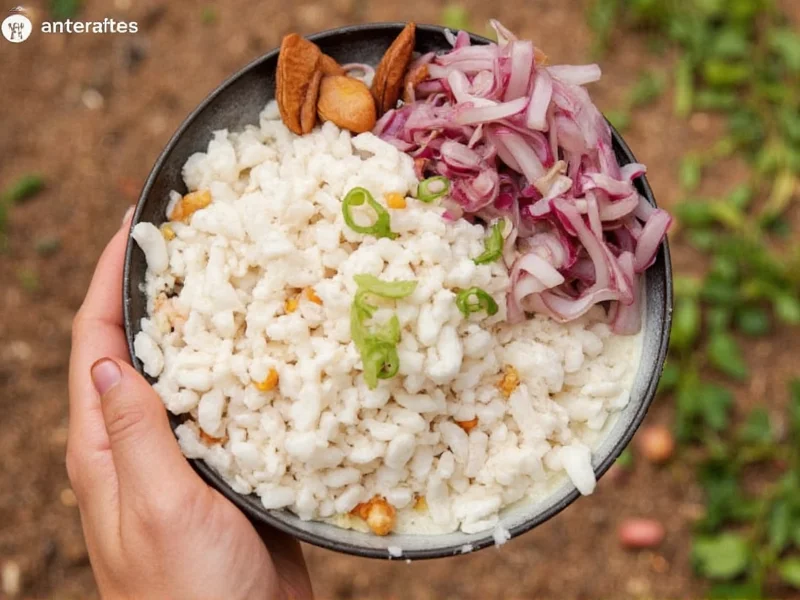When searching for “sofritas translation,” many users mistakenly believe it’s an English term needing conversion to another language. In reality, “sofritas” originates from Spanish culinary vocabulary and was repurposed by Chipotle as a menu item name. Understanding this distinction is crucial for accurate language use and cultural context.
The Linguistic Roots of “Sofritas”
The term traces back to “sofrito,” a foundational cooking technique in Spanish and Latin American cuisine where ingredients like garlic, onions, and peppers are gently sautéed to build flavor. The “-sofritas” variation uses the feminine plural form, likely chosen by Chipotle for phonetic appeal rather than linguistic precision. Traditional Spanish speakers might find the Chipotle usage unconventional, as “sofrito” typically remains singular regardless of quantity.
Translation Challenges and Solutions
Translating “sofritas” requires understanding whether you’re referring to:
- The Chipotle menu item (a proprietary name)
- The cooking technique (“sofrito” in Spanish)
- A dish prepared using this method
Direct translation often misrepresents the concept. For menu localization, most international Chipotle locations retain “Sofritas” as a branded term while adding descriptive text in the local language. This approach maintains brand consistency while providing clarity.
| Language | Appropriate Translation Approach | Example Usage |
|---|---|---|
| Spanish | Explain as “tofu preparado al estilo sofrito” | “Nuestro platillo Sofritas es tofu sazonado cocinado con técnica de sofrito” |
| French | Use “Sofritas” with description: “tofu épices chipotle” | “Découvrez nos Sofritas: tofu mariné aux piments chipotle et poivrons” |
| German | Keep “Sofritas” with explanatory subtitle | “Sofritas (gewürztes Tofu mit Chipotle-Pfeffer)” |
| Japanese | Phonetic rendering + description in katakana | ソフリタス (チップォトルの調味トフゥ) |
Common Misconceptions About Sofritas Translation
Several misunderstandings persist in online discussions about sofritas translation:
Myth: “Sofritas” is an English word that needs translation
Reality: It’s a Spanish-derived term adopted by an American company. Translating it as if it were English creates linguistic confusion.
Myth: There’s a direct one-word translation in other languages
Reality: Most languages require descriptive phrases since “sofritas” references a specific branded product, not a universal dish.
Myth: “Sofritas” is standard Spanish culinary terminology
Reality: While based on “sofrito,” the plural feminine form “sofritas” isn’t conventionally used in Spain or Latin America for cooking techniques.
Cultural Context in Food Terminology
Food terms often travel between languages through a process called loanword adaptation. Successful examples include “sushi” (Japanese), “pizza” (Italian), and “taco” (Spanish), which have been adopted globally with minimal translation. “Sofritas” follows this pattern but with a key difference—it’s a marketing creation rather than an established culinary term.
When translating menu items, professional food linguists consider three factors:
- Brand consistency - Maintaining recognizable product names
- Cultural accuracy - Preserving authentic meaning where possible
- Consumer understanding - Ensuring customers know what they’re ordering
For Chipotle’s sofritas, most international locations prioritize the first two factors, keeping “Sofritas” as the primary identifier with supplementary description in the local language.
Practical Guidance for Translation Needs
If you’re translating a menu or explaining sofritas to non-English speakers:
- For Spanish speakers: Clarify it’s not traditional “sofrito” but a tofu dish inspired by the technique
- For non-Spanish speakers: Use “Sofritas” as the proper noun with descriptive translation
- In formal documents: Provide both the branded term and culinary description
Example for a multilingual menu: “Sofritas (Chipotle’s seasoned tofu, inspired by Spanish sofrito technique)” followed by the local language description. This approach respects both branding and linguistic accuracy.











 浙公网安备
33010002000092号
浙公网安备
33010002000092号 浙B2-20120091-4
浙B2-20120091-4